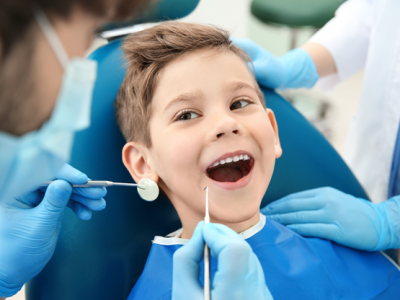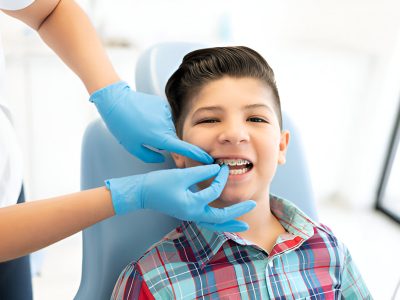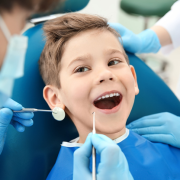The female reproductive system is made up of the external reproductive organs, the vulva, and the internal reproductive organs. At birth the reproductive system of a woman is immature and once a woman hits puberty it matures, and she can produce eggs and carry a baby. The external and internal reproductive organs are made up of different parts that make up the female anatomy.
External Reproductive Organs:
The external reproductive organs is called the vulva. The vulva is made of different parts and its main function is to protect the internal parts of the female reproductive system. It also plays a role in sexual arousal and stimulation. No two vulvas are the same just made up of the same parts.
Labia:
Labia is Latin for lips and a woman has two sets of sets. The labia majora which are the outer lips and the labia minora also known as the inner lips. The labia are folds of skin that surround a woman’s vaginal opening and protect the vagina and urethra.
The labia majora are the outside folds that are often covered with pubic hair and the labia minora are the folds closer to the vagina opening. Labia Minora begin at the clitoritis and end under the vaginal opening.
Labia come in all different shapes, sizes, and color.
Clitoris:
There are two parts of the clitoris. The glans clitoris, which is located where your inner lips meet, above the opening of the urethra, at the top of the vulva, and the clitoral hood. The clitoral hood is part of labia minora but covers the glans clitoris.
The clitoris extends about 5 inches into the vagina, The part that extends into the vagina is called the shaft and crura. The clitoris has thousands of nerves ending, the highest number of nerves found in the human body.
The main function of the clitoris is sexual arousal and pleasure during sex.
Opening of the Urethra:
The urethra is located under the clitoris and is the hole a woman pees out of.
Opening of the Vagina:
The vaginal opening is located between the urethra and the anus. This opening is where menstrual blood leaves the body and where babies are delivered from.
Internal Reproductive Organs:
The internal reproductive organs are within the pelvis. These organs are hidden and cannot be seen unlike the external reproductive organs.
Vagina:
Some women confuse the vagina with the vulva. The vagina is a tube that connects your vulva with your cervix and uterus. The vagina opening is the only part of the external organs and is part of the vulva.
The vagina is a 7.5-9 cm long tube made of muscle. It has 3 main functions:
- It provides away for blood and tissue to exit the uterus during menstruation.
- Provides a passageway for childbirth.
- Receives sexual intercourse and holds the sperm until it passes to the uterus.
Cervix:
The cervix plays a major role in menstruation, fertility, pregnancy, and childbirth. It is 2-3 cm long and is located between the vagina and uterus.
The cervix prevents bacteria from spreading to other organs in the reproductive system. It contains glands that produces and releases mucus that prevents the bacteria from spreading. During menstruation it allows menstrual blood to flow out of the uterus. During ovulation the mucus thins allowing sperm to access the uterus enabling pregnancy if sperm reaches a woman’s fertile egg.
During pregnancy the cervix becomes firmer and stronger to protect the fetus until birth. The cervical mucus becomes thicker and forms a plug in the cervical canal to prevent bacteria and viruses from harming the fetus. When the fetus is ready to be born the cervix dilates to 10cm allowing for the baby to exit the womb.
Uterus:
The uterus is also known as the womb. It is where a woman’s fertilized egg implants during pregnancy and where a baby develops until it is born. Your uterine lining is where blood and tissue comes from resulting in your menstrual cycle.
The uterus is about the size of your fist and is located between your bladder and rectum.
Fallopian Tubes:
The fallopian tubes are two narrow tubes that carry your eggs from your ovaries to your uterus. It also where sperm travels through to fertilize your egg.
Fimbriae:
The fimbriae are attached to the end of each of your fallopian tubes that sweep your egg into your fallopian tube once your egg is released from your ovary.
Ovaries:
Ovaries produce eggs and hormones (estrogen, progesterone, and testosterone) for menstruation and pregnancy. They are small glands located on the side of the uterus. Your ovaries are responsible for releasing an egg that can be fertilized by sperm resulting in pregnancy. A new egg is released each menstrual cycle up until a woman reaches menopause. Once you reach menopause your ovary stops releasing eggs and you no longer experience menstruation.
Inconclusion:
A woman’s body has many parts that make up the reproductive system. Each organ in a woman’s body plays an important role in protection, menstruation, and pregnancy. A woman’s body goes through four phases each month to prepare for pregnancy and menstruation, the follicular phase, ovulation, and the luteal phase. These four phases make up your menstrual cycle.
At Stetho Health Systems we want to be able to educate women and young girls on their bodies, so they are aware of what takes place in their body and why. Women worldwide lack access on vaginal health and hygiene and what takes place in their body during menstruation. By educating women and girls around the world on their body we can help women better understand why they menstruate and how their body works.












Comments